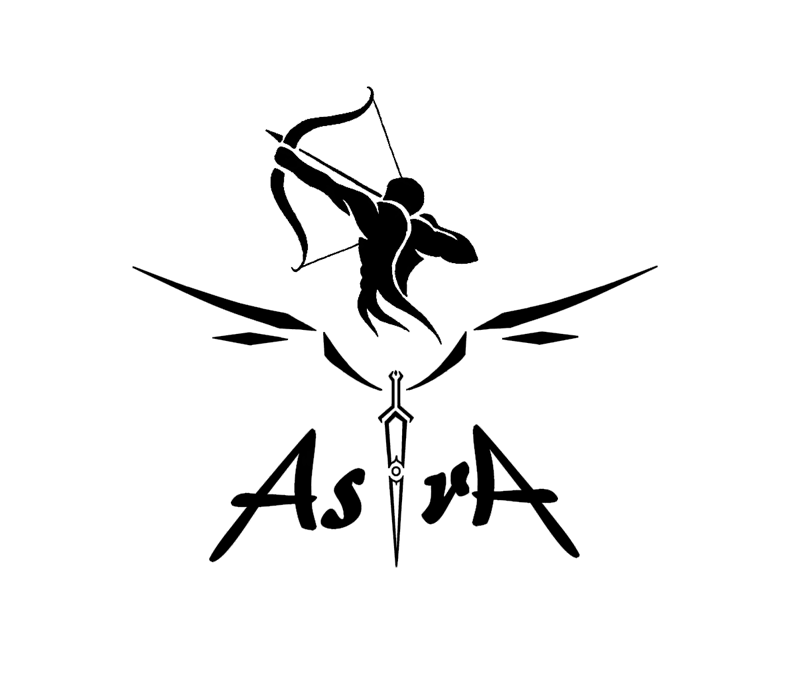University Rover Challenge (URC) 2019
The University Rover Challange (URC) URC ia an annual international competetion conducted by the Mars society, in Utah, United states, is one of the main competitions that Astra participates in. Every year a new rover is built with students working on different subsystems.
The chassis architecture is modelled based on the double lambda implementation. The model is designed using the caed software SOLIDWORKS and the individual parts are tested using Ansis. Rectangular hollow shafts and slabs, made of aluminium, make up the structure while tempered steel and small bearings are used to strengthen the hinges and linkages.
The rover consists of a robotic arm that has 5 degrees of freedom. Base rotation of the arm is brought about with the help of a stepper motor. We use linear actuators for the arm movement. Wrist movement is achieved by using a gripper mounted on a DC motor. The gripper has a 3 crown design that helps it to pick up objects efficiently.
We use a drive system controller to control the motors. We have 6 DC motors for linear motion and 4 stepper motors for steering control.
Communication between the rover and the base station is established using 2 routers operating at 2.4 GHz. This enables us to control the rover from the base station.
Analysis of gps sensor feed helps the rover to move towards the destination. In the autonomous system, image processing is carried out to help the rover detect obstacles and the rover then moves around them.
Motor control and arm control are achieved using Joystick interface, developed using Qt framework. A Lithium polymer battery is used to power the rover. We make use of coulomb counting to monitor the state of charge.
Various tests are performed to check the different parameters of the soil that help us assess if the soil can support life.The competition pushes the teams to the extreme limits of engineering & management and proactively work towards the competition motto of the challenge,
"Think, Design and Engineer"
Watch our Critical Design Review(CDR)2017Here.
